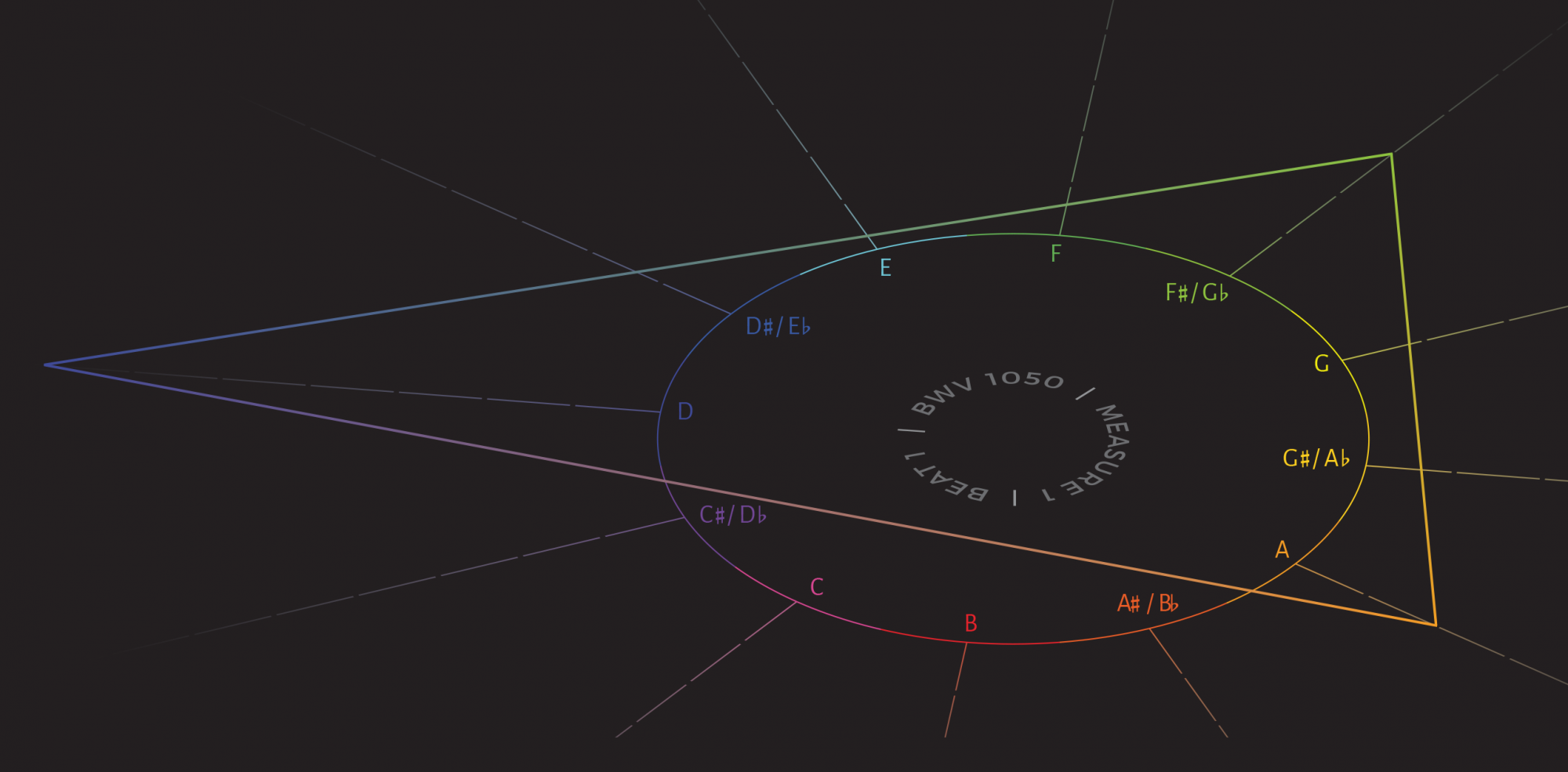Owen Belcher, Sam Bivens, and Aaron Grant, editors
Article
Davy Temperley | The Six-Four as Tonic Harmony, Tonal Emissary, and Structural Cue
PDF —— AbstractI explore several uses of the 6/4 chord that have not been widely acknowledged or studied. The harmonic 6/4 is a chord that seems, by its local features and larger context, to be functioning harmonically; the goal 6/4 is a special kind of harmonic 6/4, preceded by V and acting as a local goal of motion. The big cadential 6/4 is a highly emphasized chord that heralds large-scale cadential closure; resolution to V may be delayed or absent. And the emissary 6/4 is a chord that acts as the sole representative of its key and projects a strong tonal implication.
Symposium on Music of the Long Eighteenth Century
Editors’ Foreword
PDF
Christopher Wintle | Author’s Introduction to Corelli’s Tonal and Rhythmic Models
PDF
Christopher Wintle | Corelli’s Tonal Models: The Trio Sonata Op. 3 No. 1
PDF —— AbstractBritish thought is typically pragmatic, so a British reception of the work of Heinrich Schenker will concern itself with concrete procedure at the expense of hypothetical abstraction. This is especially important when dealing with the work of Arcangelo Corelli, whose work, along with that of others in the Franco-Italian tradition, holds the key to common-practice tonality. The approach of the British author is thus to construct a set of concrete linear-harmonic models derived from the foreground and middleground techniques of Schenker and to demonstrate their handling throughout the four movements of a representative trio sonata (Op. 3, No. 1). In this essentially “bottom-up” project, detailed discussion of structure readily merges into that of style and genre, including dance and fugue. The text is supported by many examples and includes a reprint of the trio sonata itself.
Christopher Wintle | Corelli’s Rhythmic Models: Dance Movements in the Seventeenth and Eighteenth Centuries
PDF —— AbstractThe author’s paper “Corelli’s Tonal Models” of 1982 introduced an approach to Corelli’s style from the perspective of pitch using Schenkerian progressions “from the bottom up.” The new paper complements this with an account of Corelli’s comparable use of rhythmic models that can determine (rather than articulate) the character of the pitch ones. Several dance-based elements are involved: odd-even units, templates, models, pyramids, and profiles; and the interface between pitch and rhythmic models admits extensions, contractions, interpolations, substitutions, and echo effects. The majority of examples come from Corelli’s gavottes. But a case study based on the Sarabande from J. S. Bach’s fourth French Suite, BWV 815, shows how resourcefully a dislocation between pitch and rhythmic models can be handled. The outcome establishes an “irreducible dialectic” for mainstream classical music between odd-numbered linear progressions and even-numbered rhythmic models.
Vasili Byros | Mozart’s Vintage Corelli: The Microstory of a Fonte-Romanesca
PDF —— AbstractThis article traces a brief history of a schema from Corelli to Mozart, here designated the Fonte-Romanesca, in order to clarify certain foundational principles in schema theory’s conception of a model, particularly as it relates to the creative act. Models are not theoretical abstractions, but cultural artifacts that inform the compositional process through (near-)literal copy, (creative) imitation, variation, and problem solving—both combinatorially and developmentally. Such a re-evaluation of schema theory is simultaneously an opportunity to reflect on larger disciplinary changes surrounding the study of music from the long eighteenth century over the last few decades.
Reviews
Edward Gollin | Music and Text: A Review Essay on David Lewin’s Morgengruß, Text, Context, Commentary, edited by David Bard-Schwarz and Richard Cohn
PDF
Graham G. Hunt | Review of Formal Functions in Perspective, edited by Steven Vande Moortele, Julie Pedneault-Deslauriers, and Nathan John Martin
PDF

